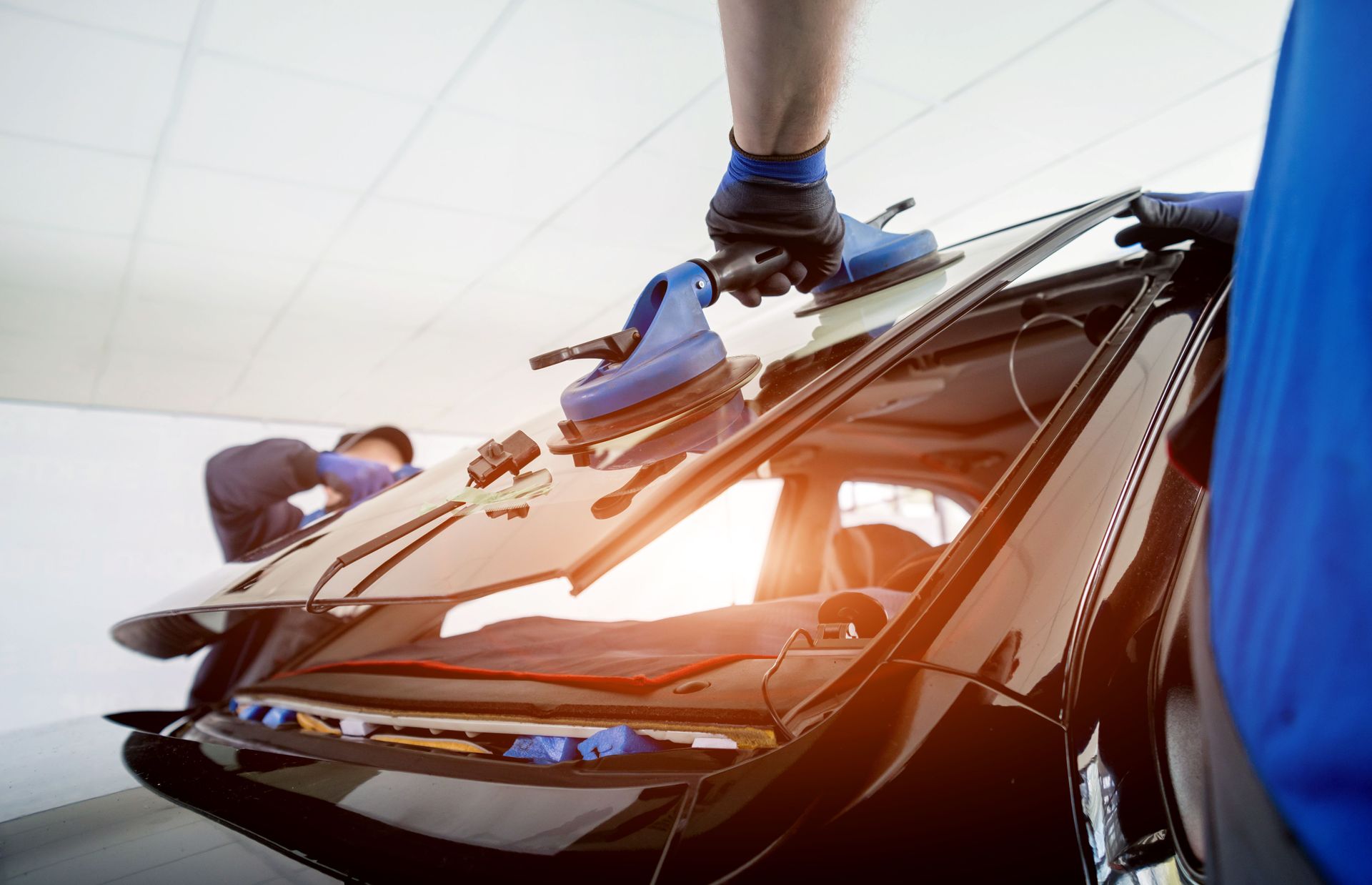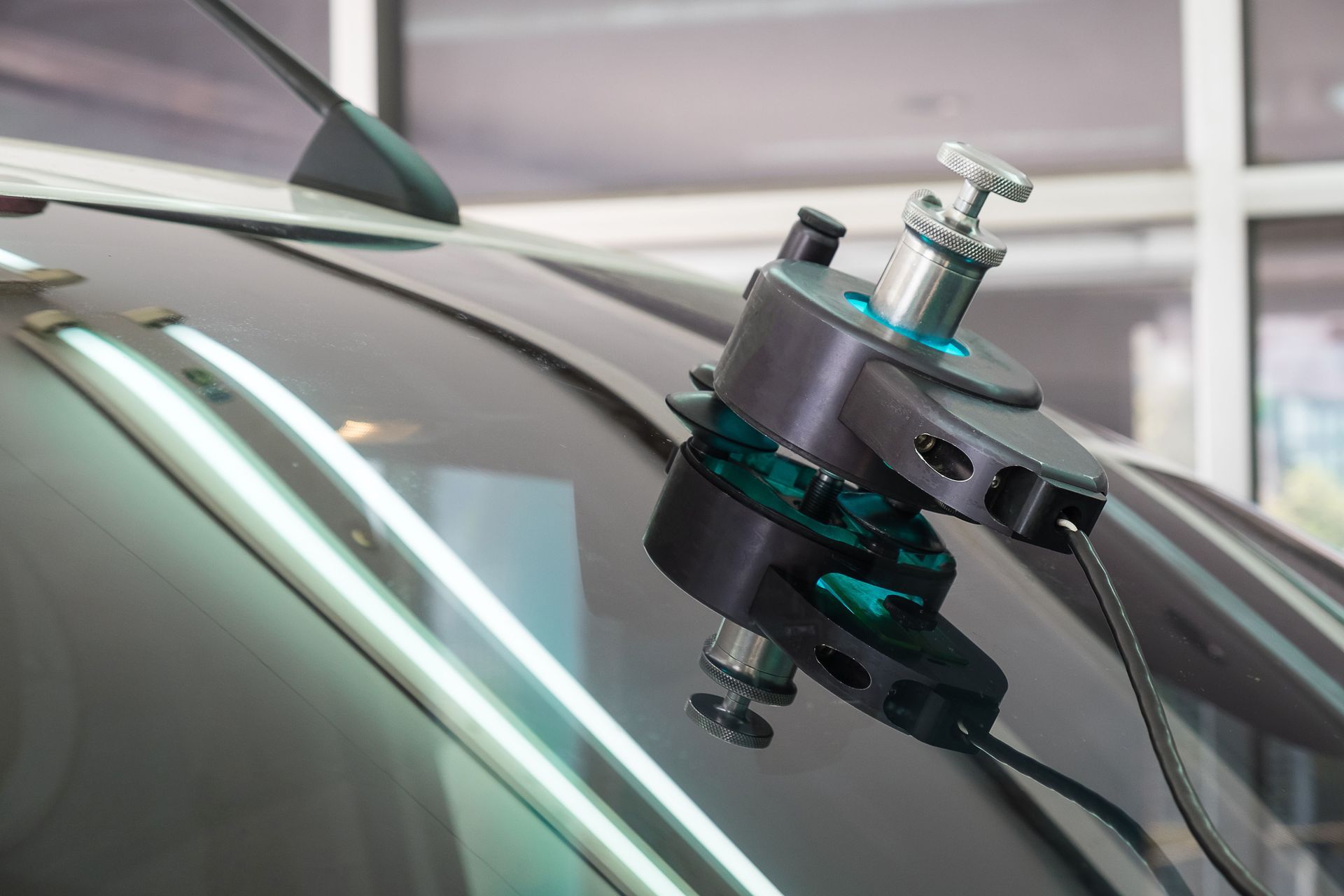How Auto Glass Replacement Can Impact Your Head-Up Display
Modern vehicles are designed with advanced technologies that enhance safety, convenience, and driving precision. Among these innovations, the head-up display (HUD) stands out as one of the most transformative. HUDs project critical driving information such as speed, navigation, and safety alerts directly onto the windshield, allowing drivers to stay focused on the road. However, what many vehicle owners do not realize is that auto glass replacement can directly affect how a head-up display functions.
When your windshield is replaced, even slight differences in glass composition, thickness, or coatings can alter how images appear on your HUD. Understanding the intricate relationship between your vehicle's windshield and its display technology is crucial for preserving both safety and performance. According to Kelley Blue Book, the head-up display was first introduced by General Motors in 1988, marking the beginning of its evolution from military aviation into mainstream automotive technology. Today, this once-exclusive feature is found in vehicles across nearly every price range, making proper windshield compatibility more important than ever.
The Connection Between Windshield Design and Head-Up Display Performance
Your vehicle's windshield serves a much greater purpose than protecting you from the elements. It also acts as the optical surface for the HUD's projection system. When data is displayed on the glass, the windshield's layers, coatings, and curvature determine how clearly that information appears. If the glass lacks precision or contains imperfections such as bubbles, waves, or distortions, it can cause the HUD image to appear doubled, blurry, or misaligned.
A quality windshield must meet strict optical standards to ensure that light is reflected and refracted properly. For HUD-equipped vehicles, the windshield is often manufactured with specialized laminated glass that includes a projection-friendly layer designed to reflect light at a specific angle. This ensures that the projected data appears crisp, legible, and positioned at the correct distance in the driver's field of view. When this delicate balance is disrupted after an auto glass replacement using incompatible materials, drivers may notice significant image distortion or brightness issues.
Automakers typically design windshields with coatings that minimize glare and maintain accurate color contrast. These coatings also interact with HUD projection systems to keep images visible under varying light conditions. Because of this, even if an aftermarket windshield looks identical to the original, its internal composition might not meet the precise optical requirements for HUD compatibility. Choosing the right replacement glass is essential for maintaining display clarity and overall driving safety.
Choosing the Right Windshield for HUD-Equipped Vehicles
When it comes to auto glass replacement, not all windshields are suitable for vehicles with head-up displays. There are two main categories of replacement glass: Original Equipment Manufacturer (OEM) and aftermarket. OEM windshields are produced to match your vehicle's exact specifications, including HUD compatibility. They feature the same coatings, thickness, and curvature as the original, ensuring seamless integration with your display system.
Aftermarket options can sometimes meet these requirements, but not all do. Some may have minor variations that cause projection misalignment or visual distortion. To ensure accuracy, technicians must recalibrate the HUD after installation. This recalibration process fine-tunes the projector's alignment and adjusts for any differences between the new and original glass. Skipping this step can lead to skewed visuals, unreadable information, or inconsistent brightness.
For the best results, always verify that your replacement windshield is HUD-compatible and installed by professionals familiar with your vehicle's display system. Many manufacturers collaborate directly with glass makers to develop windshields specifically engineered for HUD performance, ensuring perfect optical clarity and long-term durability. By investing in OEM-quality glass and professional calibration, drivers can prevent costly complications and maintain the same performance standards their vehicles were designed to deliver.
The Importance of Proper HUD Recalibration After Auto Glass Replacement
Recalibration is one of the most critical steps following auto glass replacement in a vehicle equipped with a head-up display. Even the slightest shift in glass angle or composition can cause the HUD's projection to fall out of alignment with the driver's view. To correct this, certified technicians use specialized diagnostic tools and manufacturer-approved software to adjust the projector's angle, brightness, and positioning.
This recalibration ensures that data such as speed, navigation cues, and advanced driver-assistance system (ADAS) alerts appear exactly where they should within the driver's natural line of sight. Without proper calibration, the information could display incorrectly, creating visual distractions or misleading readings. The process typically involves several steps: evaluating the new glass, measuring its optical characteristics, adjusting projection alignment, and performing multiple tests under different lighting conditions.
Modern vehicles with augmented reality HUDs require even more precise recalibration. These systems overlay graphics that interact with the real world, meaning any misalignment could throw off the projected positioning of navigation paths or warnings. Technicians must therefore account for both optical and software-related adjustments during the process. A professional auto glass replacement service that includes full HUD recalibration preserves your vehicle's advanced display accuracy and safety features, ensuring a seamless and dependable driving experience.
Overcoming Common HUD Challenges After Windshield Replacement
Despite advances in technology, challenges can arise after windshield replacement, especially if the new glass does not perfectly match OEM standards. One of the most frequent issues is “ghosting” or double imaging, where projected text or icons appear duplicated. This occurs when the windshield's laminate layers do not reflect light in perfect unison, a common issue with lower-quality aftermarket glass.
Another challenge involves color distortion or dim projection, which can result from incompatible coatings or improper projector alignment. Professional technicians overcome these issues by performing detailed optical adjustments and, when necessary, reprogramming HUD software to account for the new glass properties. Comprehensive testing ensures that images remain stable and easy to read under all lighting conditions.
Consumers should be cautious when selecting a service provider for auto glass replacement. Not every repair shop has the tools or expertise to recalibrate HUDs properly, and using an unqualified installer could lead to performance issues or costly follow-up repairs. To ensure the best results, choose a certified technician trained in HUD systems and familiar with your specific vehicle model. By prioritizing expert installation and calibration, drivers can avoid the most common pitfalls and enjoy crystal-clear displays for years to come.
Understanding the Costs and Long-Term Value of Proper HUD Glass Service
While replacing a windshield on a HUD-equipped vehicle may be more expensive than a standard one, the added cost reflects the precision and expertise required. The price of auto glass replacement varies based on vehicle type, technology level, and whether OEM or aftermarket glass is used. Luxury vehicles with advanced projection and AR capabilities typically cost more due to their complex calibration requirements.
Head-up displays have evolved from luxury innovations to essential driver-assistance tools that enhance both safety and comfort. Since General Motors introduced HUDs in 1988, these systems have become increasingly sophisticated, relying heavily on windshield quality to function correctly. When your windshield is damaged or needs replacing, the right auto glass replacement combined with professional recalibration is vital for maintaining clear, reliable projection.
Every component of the windshield, from its thickness to its optical coating, influences how your HUD performs.
Working with experienced technicians ensures that your vehicle retains the same clarity, alignment, and accuracy you expect from modern driving technology. Contact an auto glass replacement specialist today at Big Rig Glass to restore your vehicle's safety, visibility, and advanced display functionality.




Share On: